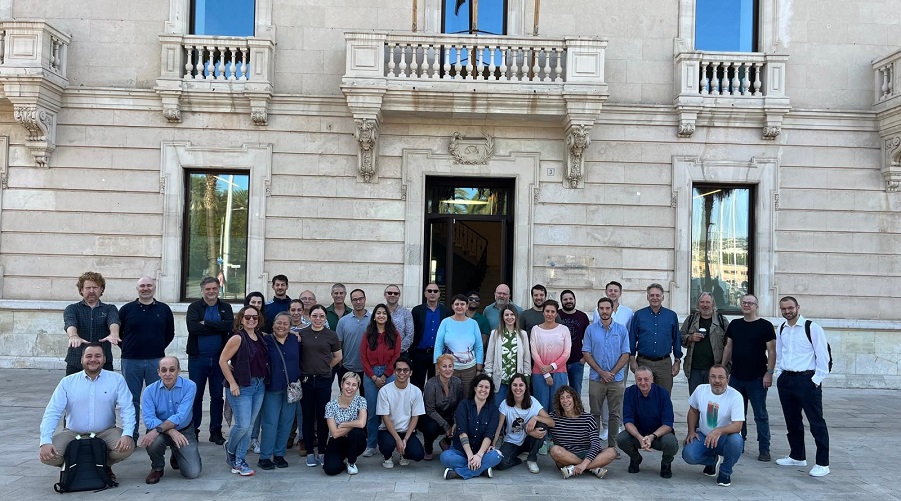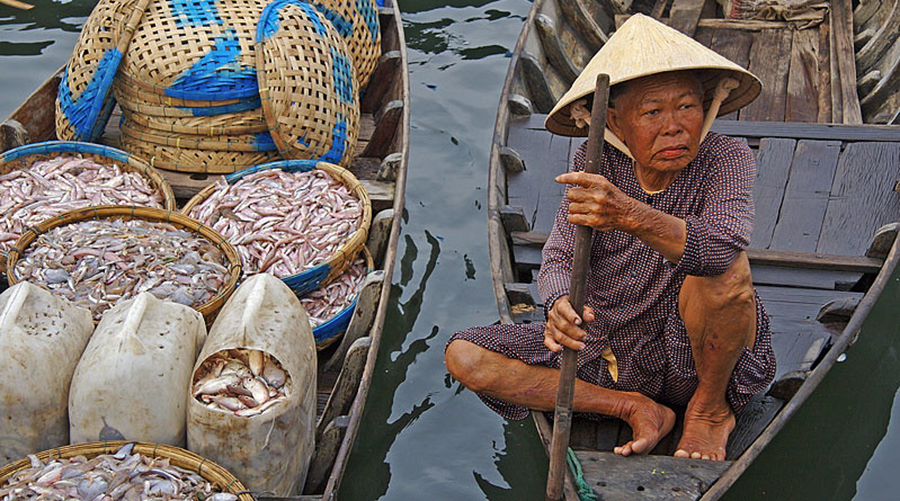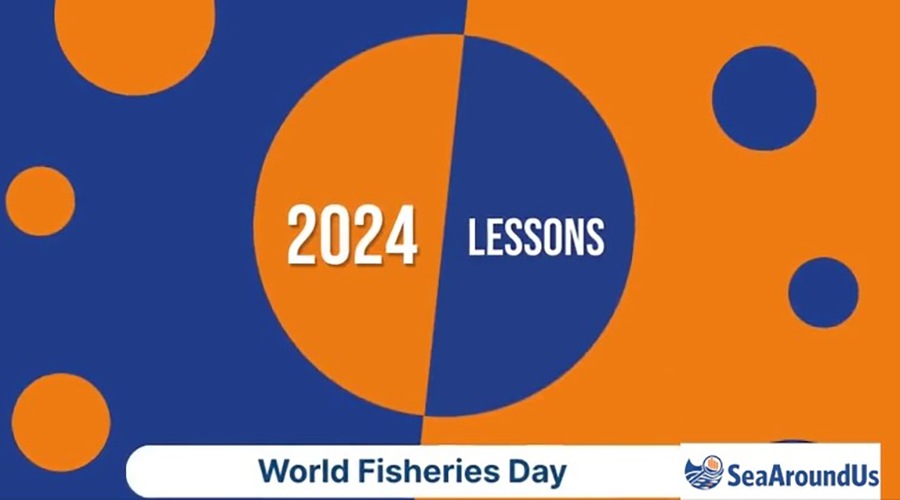The Africa-UBC Oceans and Fisheries Visiting Fellows Program is pleased to announce the selection of its inaugural laureates: Dr. Cynthia A. Adinortey (Ghana) and Dr. Antony Otinga Oteng’o (Kenya).
Category: New & Notable
Sea Around Us PI and Advisory Board members among Clarivate’s Highly Cited Researchers
The Sea Around Us principal investigator, Dr. Daniel Pauly, and Advisory Board Members, Drs. William Cheung and Rashid Sumaila, have been listed among the most highly cited investigators worldwide in 2024 by Clarivate Analytics.
World Fisheries Day – What have we learned?
Every year, on November 21st, World Fisheries Day is observed.
Launched in 1997 at a World Forum of Fish Harvesters and Fish Workers meeting, which led to the creation of the World Fisheries Forum, this day is meant to bring awareness to the urgent need for sustainable fishing practices and measures.
Sea Around Us joins EcoScope 2024 general assembly

Participants of the EcoScope general meeting at the Balearic Oceanographic Centre of the Spanish Institute of Oceanography in Palma de Mallorca. Photo by EcoScope.
The Sea Around Us project manager, Dr. Maria ‘Deng’ Palomares, and Advisory Board vice-chair, Athanasios Tsikliras, participated in the 2024 general assembly of the project Ecocentric Management for Sustainable Fisheries and Healthy Marine Ecosystems (EcoScope).
The nutritional toll of climate change on communities in Southeast Asia and the Pacific

Hoi An fish market in Vietnam. Image by Jean-Marie Hullot, Flickr.
Fish populations and the humans that depend on them for food will continue to feel the brunt of warming waters from climate change.
A recent study by researchers at the Sea Around Us – Indian Ocean, based at the University of Western Australia, the Changing Ocean Research Unit at the University of British Columbia and the University of Miami, shows that even with strong climate mitigation efforts, maximum catch potential is expected to fall by 58–92 per cent in the Pacific Islands and 65–86 per cent in Southeast Asia by the mid to end of the 21st century. These losses will likely result in fisheries failing to meet key micronutrient requirements in these regions’ coastal populations.




